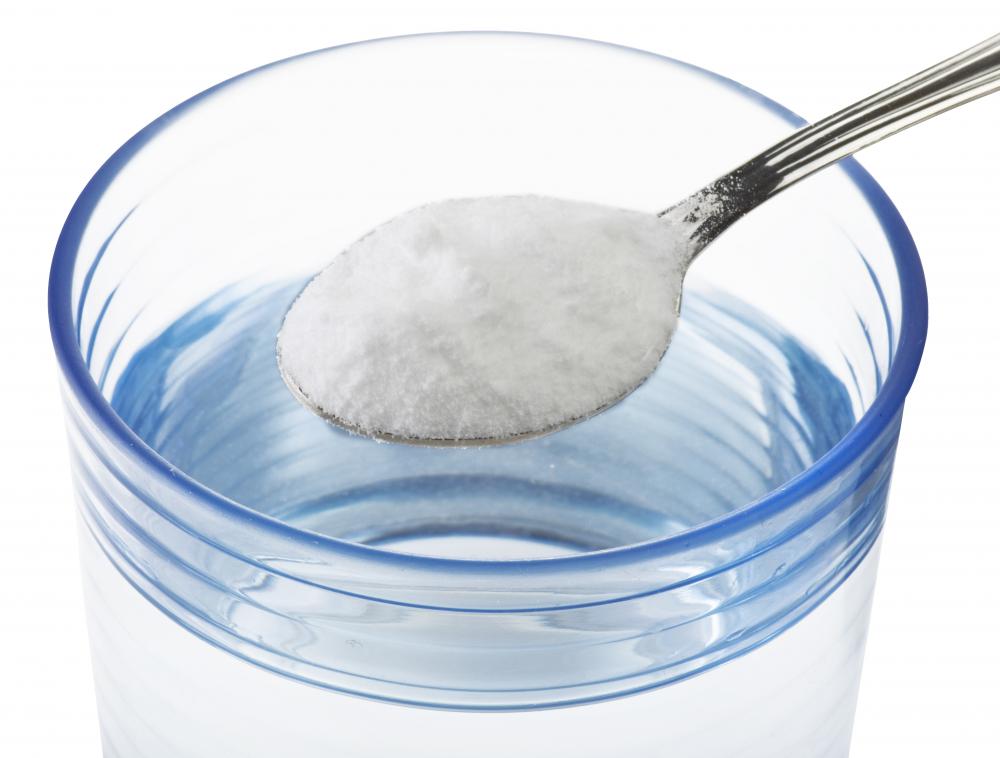At WiseGEEK, we're committed to delivering accurate, trustworthy information. Our expert-authored content is rigorously fact-checked and sourced from credible authorities. Discover how we uphold the highest standards in providing you with reliable knowledge.
How Do I Choose the Best White Vinegar?
Depending on its use, some factors can subtly affect the taste of white vinegar. One of the most important aspects to consider when choosing the best white vinegar is the desired level of acidity, which can affect how the vinegar interacts with some cooking ingredients in different ways, and can help to fight harmful bacteria when used for preservation or pickling. Another factor that can contribute to the taste of vinegar is the starting ingredient used to make it. The age of the vinegar and the conditions under which it was stored also can affect the final taste. Although sometimes overlooked, the type of water used to dilute the acetic acid in vinegar can result in a sharper or smoother taste, depending on the source.
White vinegar is made by fermenting an ingredient — usually a grain such as corn, wheat or rice — that contains sugar and turning it into alcohol. This alcohol is further fermented with acids until acetic acid is produced. The acetic acid is then used to create vinegar. White vinegar is clear, either because it was created from grains such as corn that result in a colorless liquid or because the vinegar was distilled from another ingredient, leaving only colorless acids that are then diluted in water.

When choosing the best white vinegar, the type of grain that was used can have some effect on the taste, especially if the vinegar will be used uncooked. It is not always obvious what grains were used to make a particular brand of vinegar, but malt, corn and wheat are all common choices for manufacturers. The term "white vinegar" can sometimes be used to refer to vinegar that was distilled from a source other than a grain, although this process usually results in strong, acidic-tasting vinegar that masks any more subtle flavors.

The level of acidity in white vinegar can range from very mild, at about 4 percent, to extremely acidic, at 8 percent. In some recipes, especially baking recipes or formulas for pickling and preserving foods, the acid level of the vinegar can make a large difference. It can, for example, react to ingredients such as baking soda to increase the amount dough will rise, or it can help to fight unwanted bacteria in brine solutions. Lower levels of acidity result in a milder, less harsh taste that can be better tempered with sweet ingredients such as sugars in a dressing or sauce.

White vinegar is made mostly from water. Although many brands do not actively advertise what type of water they use, some types of vinegar do. The minerals and other naturally occurring elements in the water can affect the overall taste of the vinegar. Vinegars that are made from pure spring water will have a different taste than vinegars made from distilled or purified water. Ultimately, however, it is up to the taster to determine which type of vinegar has the best flavor.
AS FEATURED ON:
AS FEATURED ON:













Discuss this Article
Post your comments